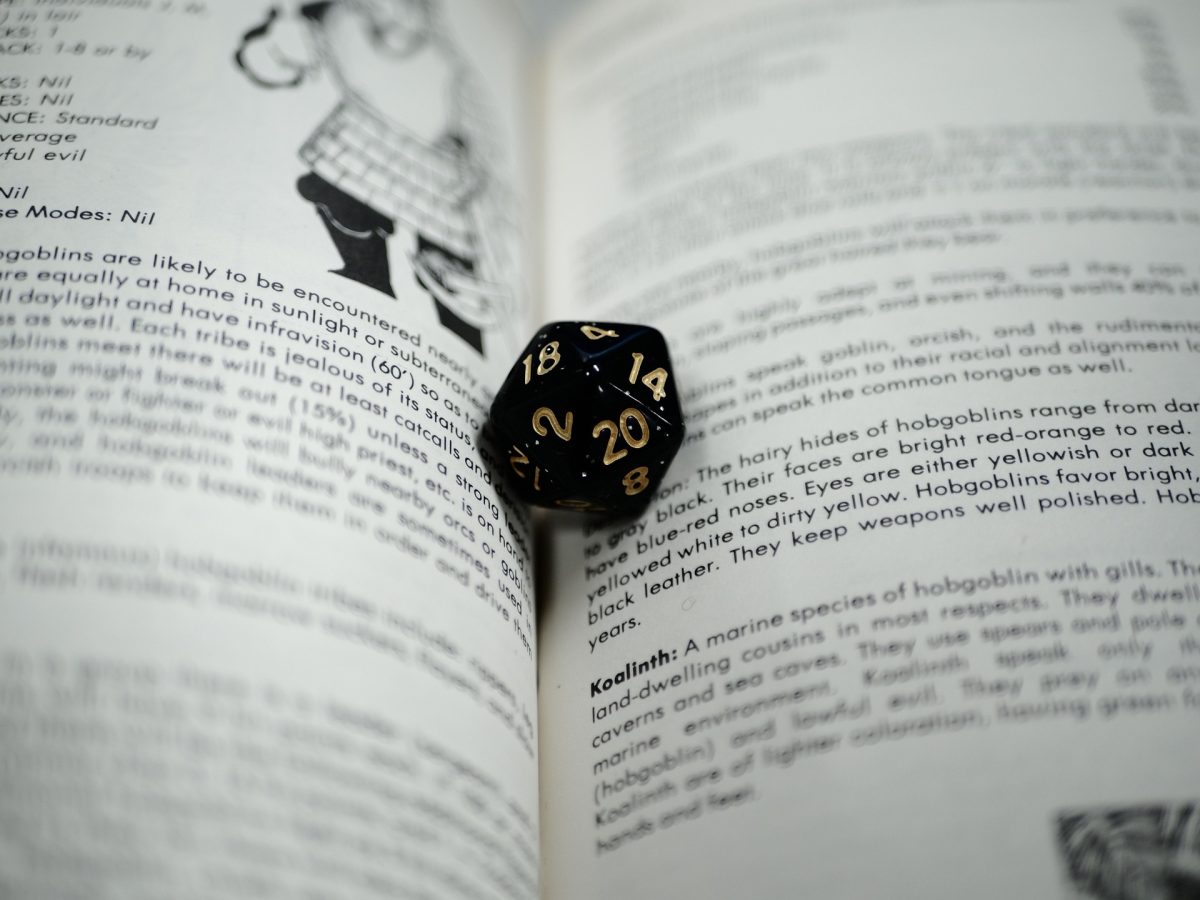Sometimes, a Dungeons & Dragons combat encounter can feel more like a math problem than an epic battle. You’re rolling dice, tallying damage, and waiting for your wizard to cast another fireball. It’s a classic problem that can make D&D combat feel a bit boring, even when the stakes are supposedly life or death. But what if there was a simple way to get better D&D combat, making those monster battles more dynamic and exciting?
Watch the Video | Buy TTRPG Books and Accessories | More Game Content
The Root of Boring Combat
If your D&D combat encounters feel repetitive, it’s probably because they often play out the same way. Your party finds some baddies, rolls initiative, and then both sides just beat on each other until one is defeated. There’s often no real variation or long-term consequences beyond who lives and who dies. What impact does the fight have on your overall campaign narrative? What’s truly riding on it for the monsters or NPCs? We’re aiming for better D&D combat, right?
Better D&D Combat: Enter the Morale Mechanic
There’s a hidden mechanic right in the Dungeon Master’s Guide that can completely change how your D&D combat plays out: morale. This mechanic dates back to original D&D and was much more common in older editions, where morale scores (from 2 to 12) were even listed in monster stat blocks. Good news for us, it’s still part of D&D 5e, tucked away on page 273 of the DMG. This is a key to better D&D combat.
So, how does morale work? It’s a rule to help you, the DM, determine when monsters and NPCs might flee from a fight. Essentially, under certain conditions, you’ll make a check, and if they fail, they run away or surrender.
The Conditions
Here are some common conditions for individual creatures to make a morale check:
- They are surprised.
- They are reduced to half their hit points or fewer for the first time.
- They have no way to harm the opposing side on their turn.
For groups of creatures, the conditions are a bit different:
- All creatures in the group are surprised.
- The group’s leader is reduced to zero hit points, incapacitated, taken prisoner, or otherwise removed from the battle.
- The group is reduced to half its original size, with no losses on the opposing side.
How It Works
When one of these conditions occurs, you typically make a DC 10 Wisdom saving throw for the creature or the group’s leader. If the opposition is overwhelming, you might make the save with disadvantage, or as the DM, you could decide it fails automatically. On a failed save, the creature or group flees by the quickest route. If they can’t escape, they’ll surrender.
There’s a twist, though: if they’re attacked while trying to surrender, the battle might resume, and they likely won’t try to flee or surrender again. This morale mechanic isn’t always to the players’ benefit either. If the enemy escapes, they might warn the rest of their dungeon or even make off with valuable treasure. This is a far cry from the usual “hit it till it dies” combat, where your monsters can feel like mere treasure pinatas. Incorporating this can truly lead to better D&D combat.
Better D&D Combat: Make It Strategic
Adding morale brings a new layer of depth and complexity to your D&D combat. It introduces repercussions beyond the immediate encounter and encourages your players to think more strategically. Instead of just hammering away at foes, they might focus on demoralizing them or blocking escape routes, leading to better D&D combat experiences.
Here’s a tip that isn’t in the book: instead of just rolling for morale whenever a condition is met, consider the motivations of your bad guys. The reason they’re fighting should have a huge bearing on whether they’re willing to stay and fight to the death.
Let’s look at some examples:
- Imagine your low-level party is facing goblins led by a bossy bugbear. If the bugbear dies, since he likely bullied the goblins into fighting, you could roll a morale check to see if they stick around. This dynamic helps create better D&D combat.
- Perhaps your party is fighting a mercenary band. These individuals were hired to fight and probably don’t have a personal reason to die for the cause. If half of them fall, that’s a perfect time for a morale check; they might decide to bolt and find easier targets later.
- On the other hand, if your PCs are facing a disciplined squad of hobgoblins who fight like a well-oiled machine, a morale check might not make sense under some conditions. These disciplined soldiers are less likely to run away.
- And for an extreme example, consider a red dragon whose lair has been infiltrated, and her egg is threatened. That Dragon Mama has a deeply personal, emotional reason to fight to the last. There’s no way she’d run away, so a morale check when she reaches half HP would be nonsensical.
Watch the Video | Buy TTRPG Books and Accessories | More Game Content
Introducing this level of unpredictability to your combat encounters can create all kinds of new twists and turns in your D&D campaign. This is the kind of thing that transforms a boring slugfest into a truly dynamic, heart-pounding battle and helps you achieve better D&D combat.
If you purchase any products linked on our website, we may receive an affiliate commission.

